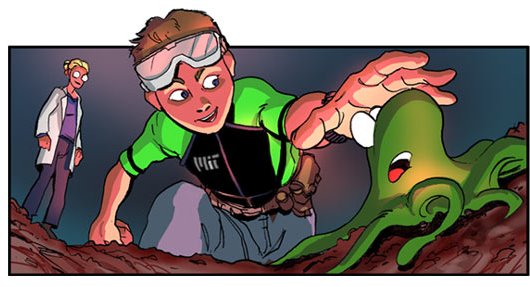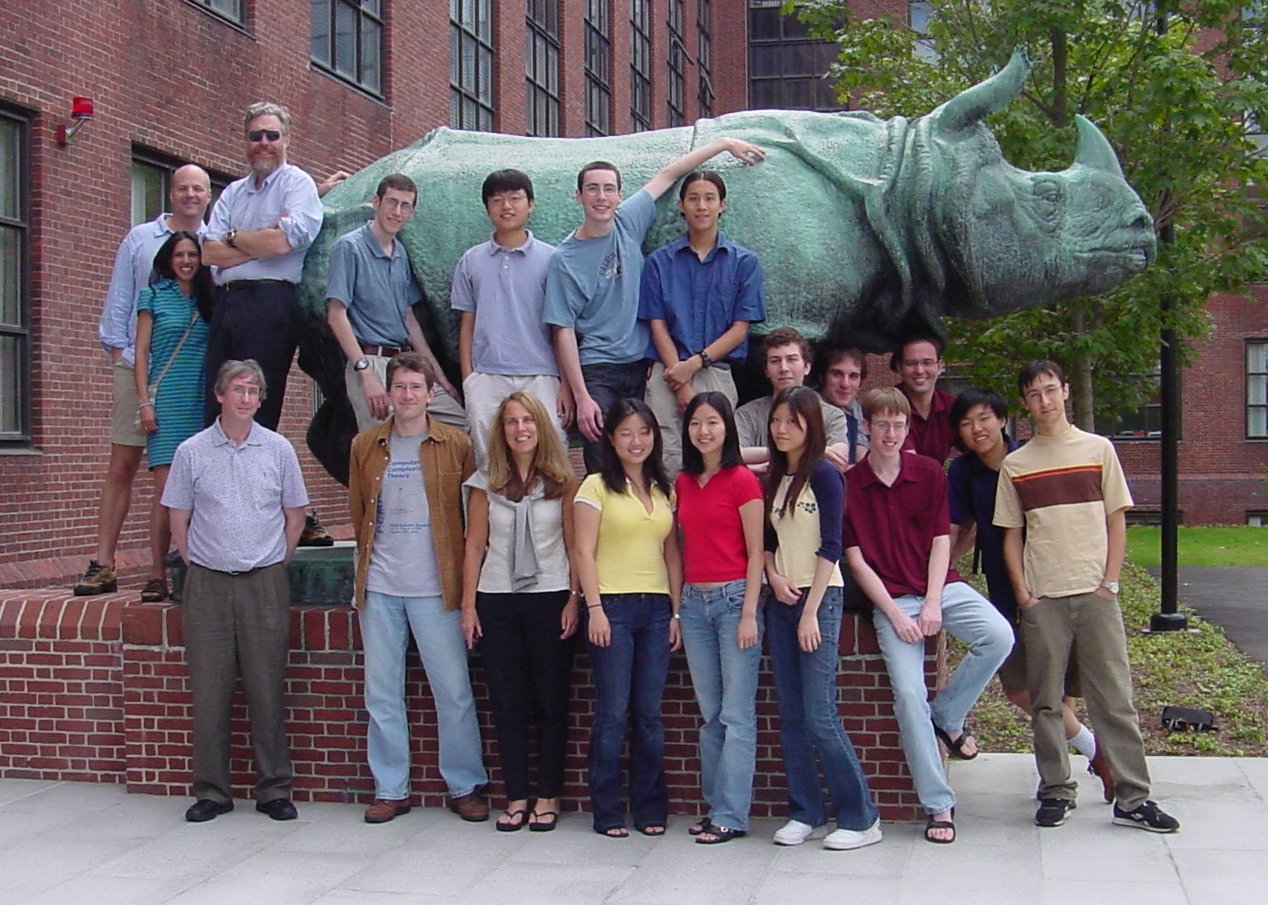Harvard 2006
From 2006.igem.org
Contents |
The Harvard University 2006 iGEM Team!
The iGEM (intercollegiate Genetically Engineered Machine) Competition is a cutting-edge team research experience for students (undergraduate and graduate) interested in designing and building synthetic biological systems. This is an interdisciplinary challenge, so we are looking for students from all backgrounds of science and engineering who like to build cool things!
Information for prospective students
- The competition officially starts in June 2006 and ends in August 2006
- Undergraduates are compensated with a stipend for the summer
- If you would like to participate, write to aviel@fas.harvard.edu by March 1st, 2006.
- Include a brief description of your background and why you are interested.
Background on iGEM and Synthetic Biology
- [http://www.nature.com/nature/comics/syntheticbiologycomic/ Synthetic Biology Comic Strip by Drew Endy (Nature)]
- Gazette Article on the Harvard Team - (Aug 25, 2005)
- New York Times Article on the iGEM competition - (Nov 24, 2005)
- [http://2006.igem.org/Main_Page The Official iGEM 2006 page]
- [http://2006.igem.org/Schools_Participating_in_iGEM_2006 Universities Participating in 2006]
- Harvard University's 2005 Team Wiki: "Our Enthusiasm is Infectious"
Faculty Advisors for 2006
- [http://silver.med.harvard.edu/ Pamela Silver] (HMS)
- [http://arep.med.harvard.edu/ George Church] (HMS)
- [http://www.eecs.harvard.edu/~rad/ Radhika Nagpal] (DEAS)
- [http://sysbio.med.harvard.edu/faculty/paulsson/ Johan Paulsson] (HMS)
- [http://hst.mit.edu/biosketch/Shah.html Jagesh Shah] (HMS)
- [http://research2.dfci.harvard.edu/shih/ William Shih] (HMS)
About the Harvard 2005 Team
Our Enthusiasm is Infectious
Harvard's 2005 Team was composed of 12 undergraduate students from biology to computer science, and freshman to seniors. And together they brainstormed, designed and partially implementing two cool circuits - the BIOWIRE and the BACT-A-SKETCH. In the Biowire project, bacterial cells create a florescent pulse that travels down a length of bacteria (i.e. a wire). The pulse is transmitted using cell-to-cell signalling, and the trick is to get the pulse to travel in one direction. The group also created micro-patterned stamps to lay down bacteria in different patterns. In the Bact-a-sketch, a lawn of cells is a film on which one can "write" using a UV pen and then "erase" using heat. The basic circuit is a genetic switch, with UV and heat inputs. The group is experimenting with several versions of switches. Both groups have several pieces of their circuit working and presented their research at the iGEM Jamboree. And some of the research is still ongoing.

